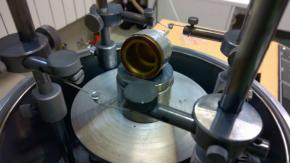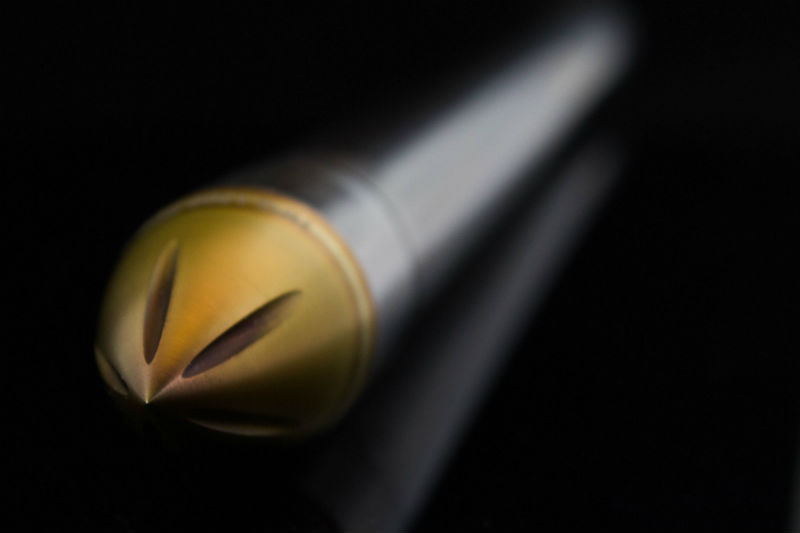Our scientists involved in Mars exploration
May 5, 2018, is a date to remember. The date marked the launch of the NASA InSight mission to explore the deep interior of the Red Planet. Making its way to Mars is an instrument called HP3 Mole. The people behind the device include associates of the Warsaw University of Technology.
HP3 Mole (Heat Flow and Physical Properties Package) is a probe measuring the heat flow from the planet’s interior. It is made mainly of specially treated steel, tungsten and titanium. The materials used had to be resistant to the extremely harsh conditions on Mars and during the launch and operation of the device, including large overloads. HP3 Mole will burrow into the Martian surface down to about 16 feet (5 meters); that’s deeper than ever before. This will be possible with the hammering mechanism which is the heart of the penetrator. The construction of that part was a responsibility of the Poland-based company Astronika that engaged others in its effort, including the Polish Academy of Sciences Space Research Center, the Polish Institute of Aviation, the Polish Institute of Welding, the Lodz University of Technology and the Warsaw University of Technology.
Coating and a surface machining
What was our part? Surface machining of HP3 Mole elements was done at WUT Faculty of Materials Science and Engineering. “More than 30% of all parts used in that penetrator and made mainly of titanium and tungsten alloys and highly alloyed steel were surface-machined,” explains Maciej Ossowski, Ph.D. “The Faculty of Materials Science and Engineering was one of the two entities involved in coating and was also responsible for ion nitriding (to enhance resistance of the treated components to wear and tear) and the production of lead coatings (which acts as a solid lubricant to reduce friction over a wide range of temperatures and prevents the cold-welding effect).”
The technologies used while working on HP3 Mole were developed by the Ion Treatment Team operating at the Faculty of Materials Science and Engineering.
“On a smaller scale (for single elements), nitriding and carbon nitriding processes on titanium alloys were employed for the European Space Agency’s Rosetta and Mars Express missions and for the Phobos-Grunt mission for the Russian Space Agency, Roskosmos,” adds doctor Ossowski. “With further modification of those processes for HP3 Mole, we were able to apply them to a much greater number of complex parts.
From PW-Sat2 to HP3 Mole
Interestingly, the work done at the Faculty of Materials Science and Engineering is not the only connection between InSight and the Warsaw University of Technology. A graduate of the Faculty of Power and Aeronautical Engineering, Ewelina Ryszawa, who is a regular employee of Astronika, was part of the HP3 Mole construction. “I took over as the Project Manager for the HP3 Project a year and a half ago,” says Ewelina Ryszawa. “My responsibility was to integrate the final flight model of the mechanism, inspect parts and prepare the final project documentation.”
Ewelina Ryszawa is not new to space projects. Right from the project inception, she has been on the team working on a student satellite called PW-Sat2, and headed the Mechanical Team as its Team Leader for 4 years.
Mission: get more insight into Mars
Two other main research instruments, in addition to HP3 Mole, will be placed on Mars’ surface during the InSight mission. These are a seismometer and a RISE (Rotation and Interior Structure Experiment) device designed for precise measurement of the planet’s movements.
This is to help us gain an understanding of Mars’ core structure and its contemporary geological activity.
InSight is expected to land on Mars on November 26, 2018. The mission is scheduled to continue for two Earth years.



